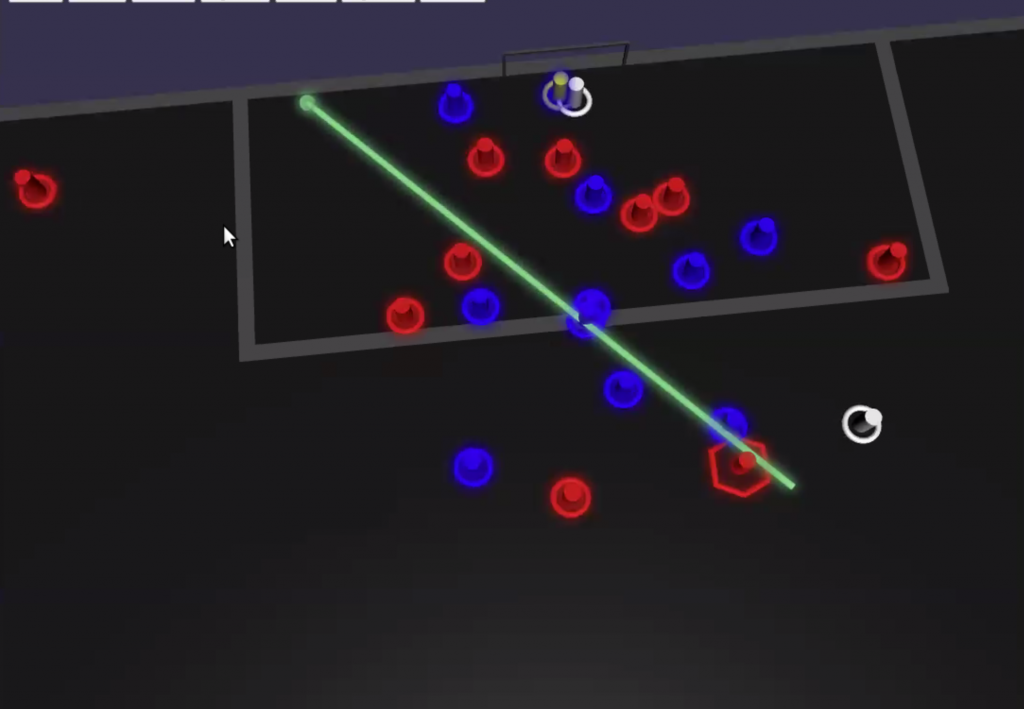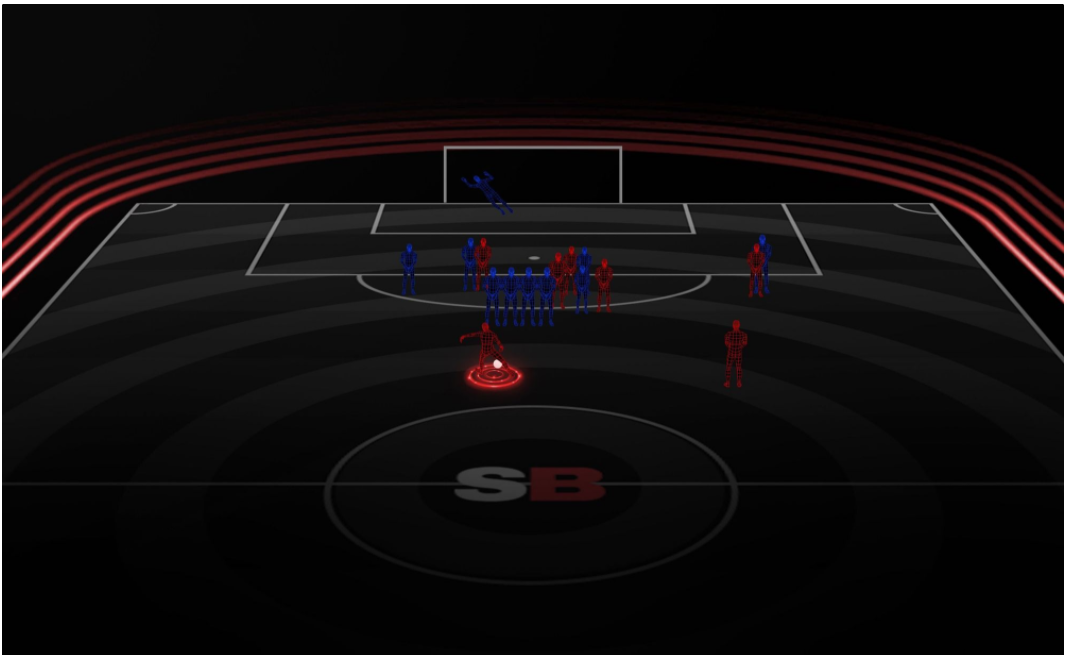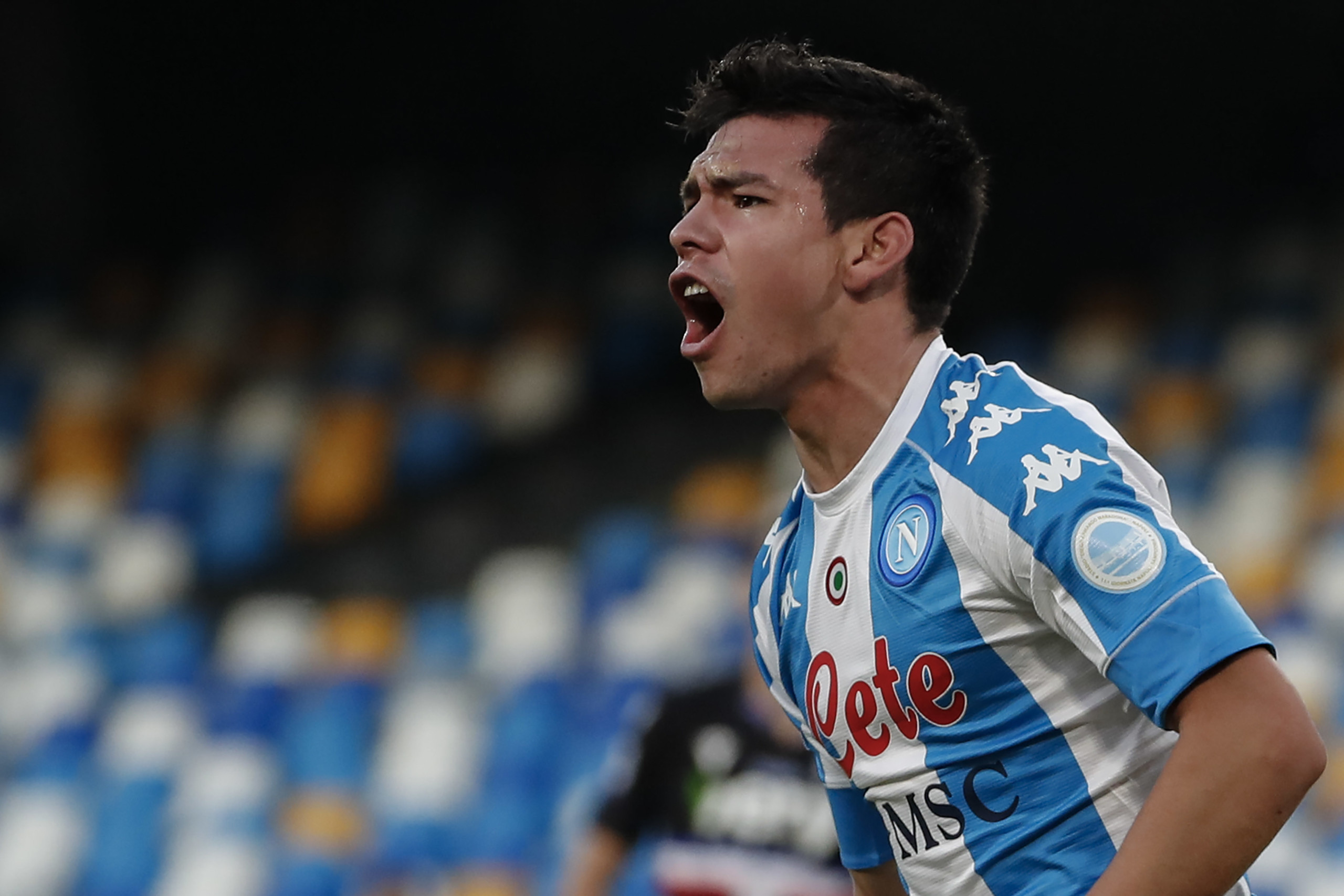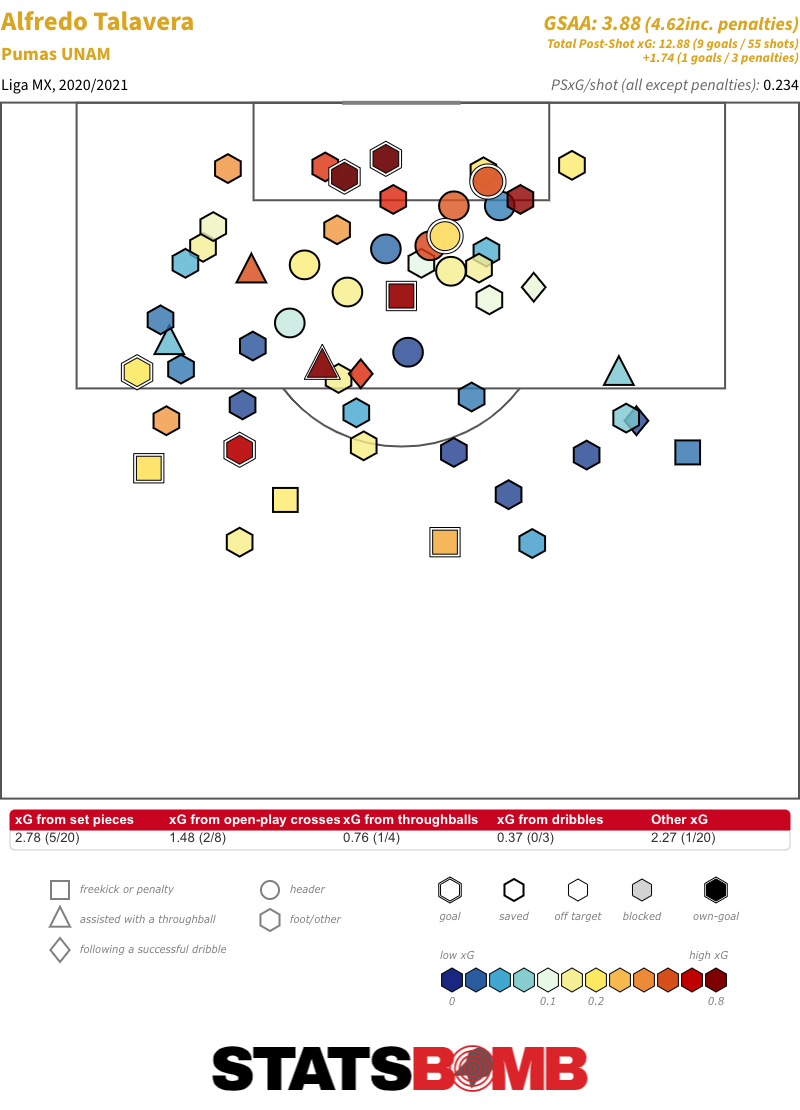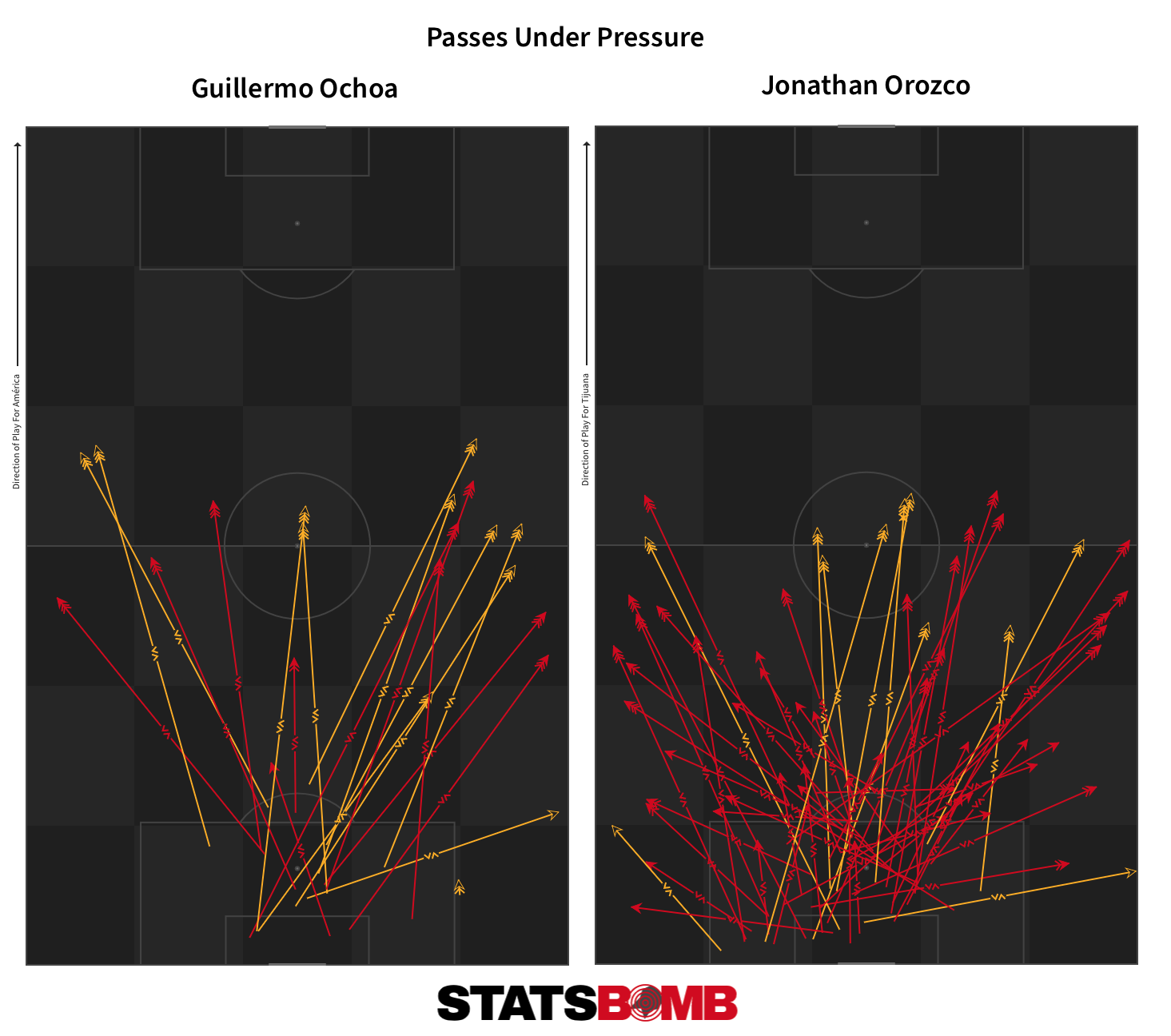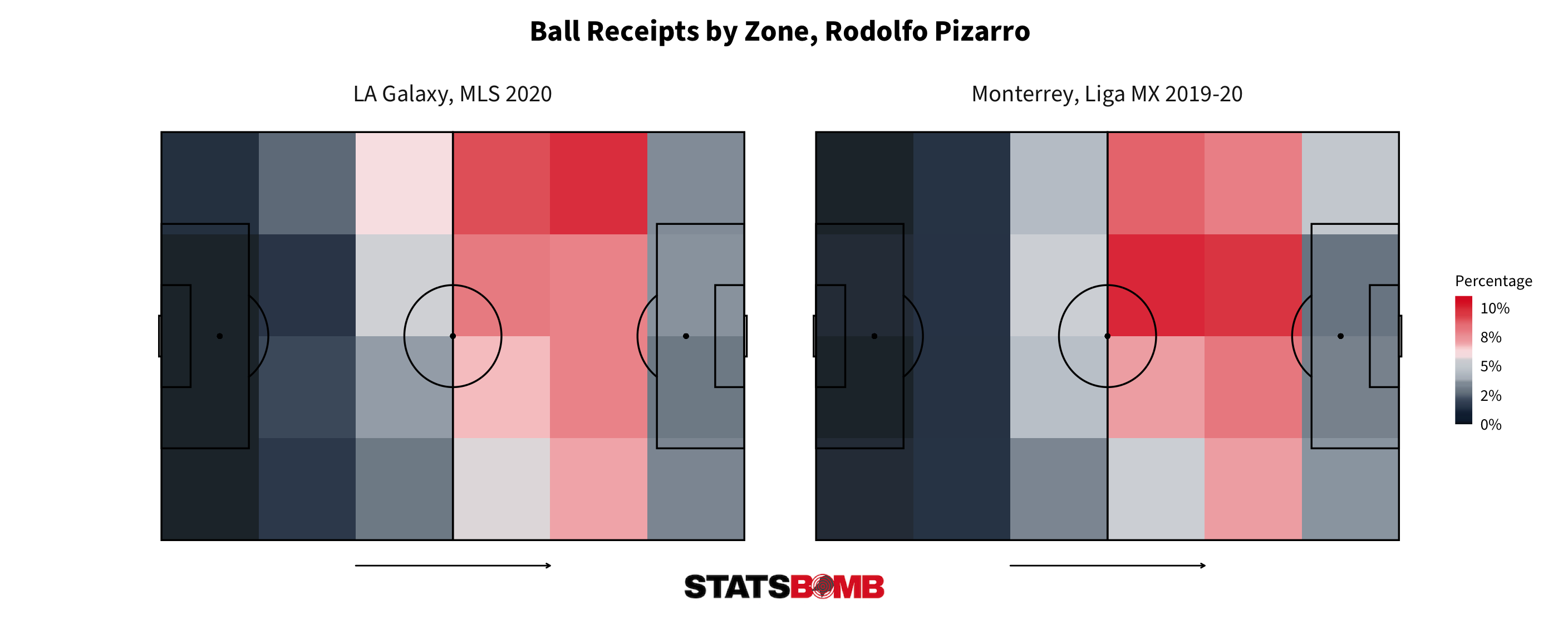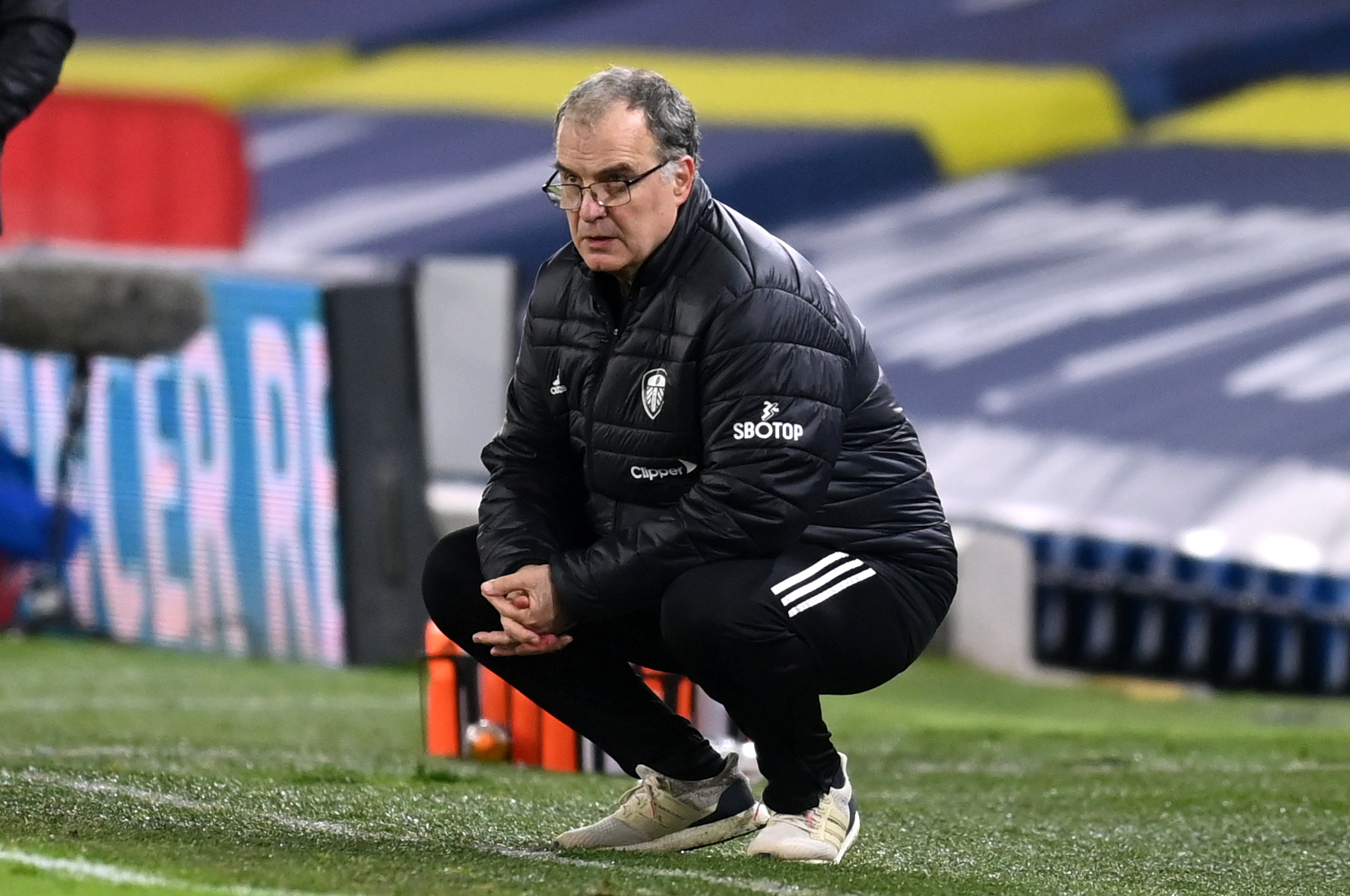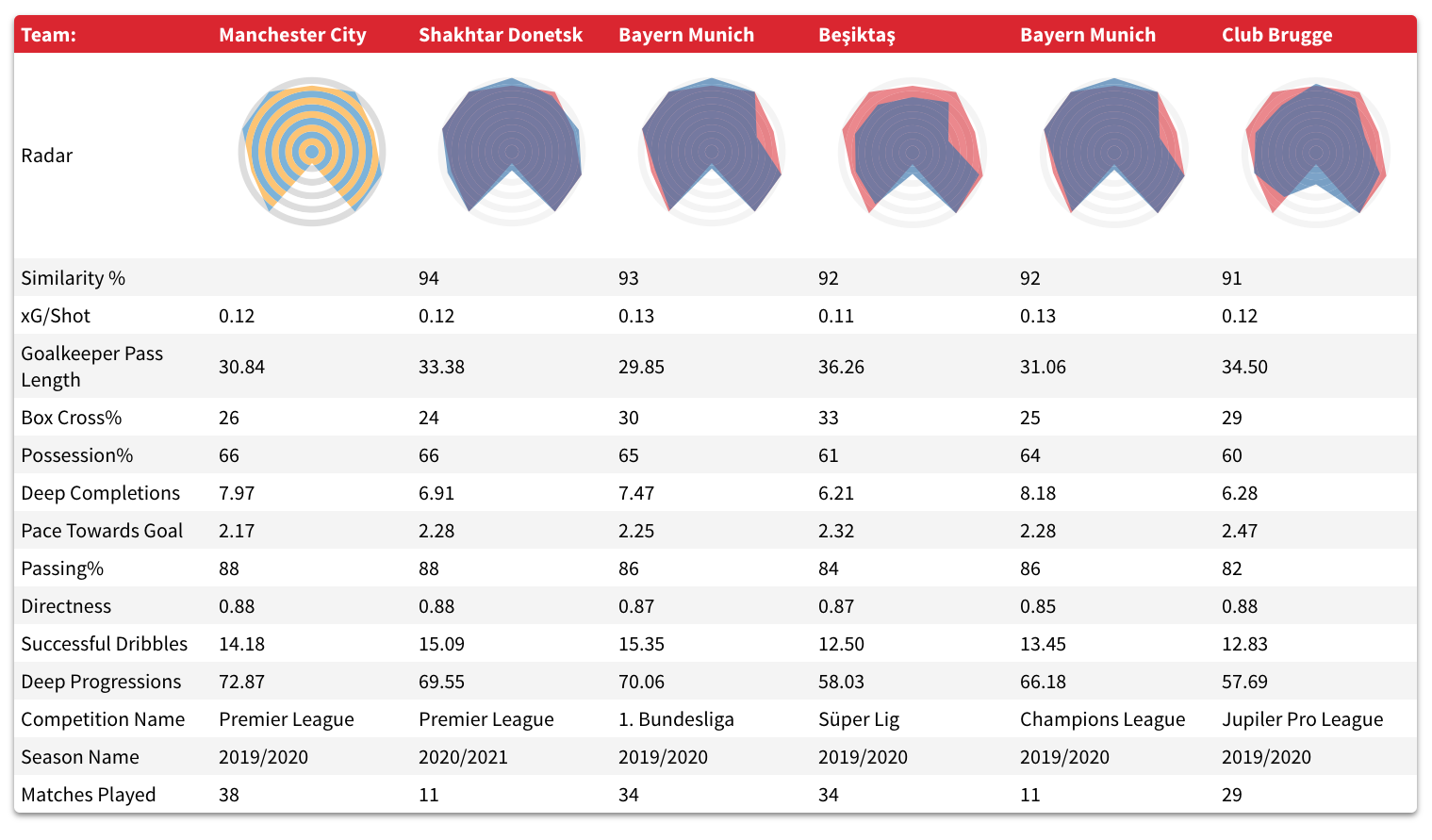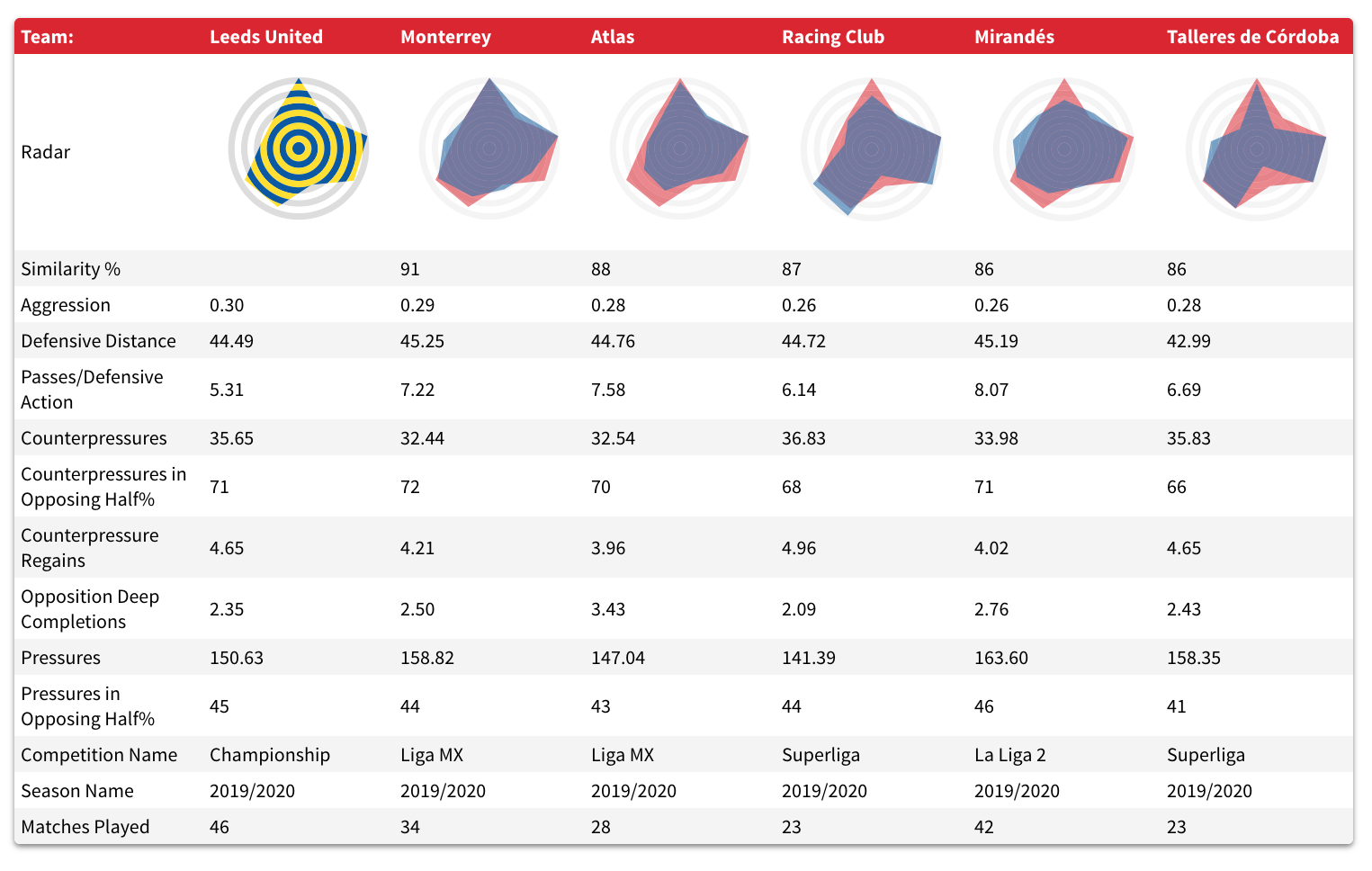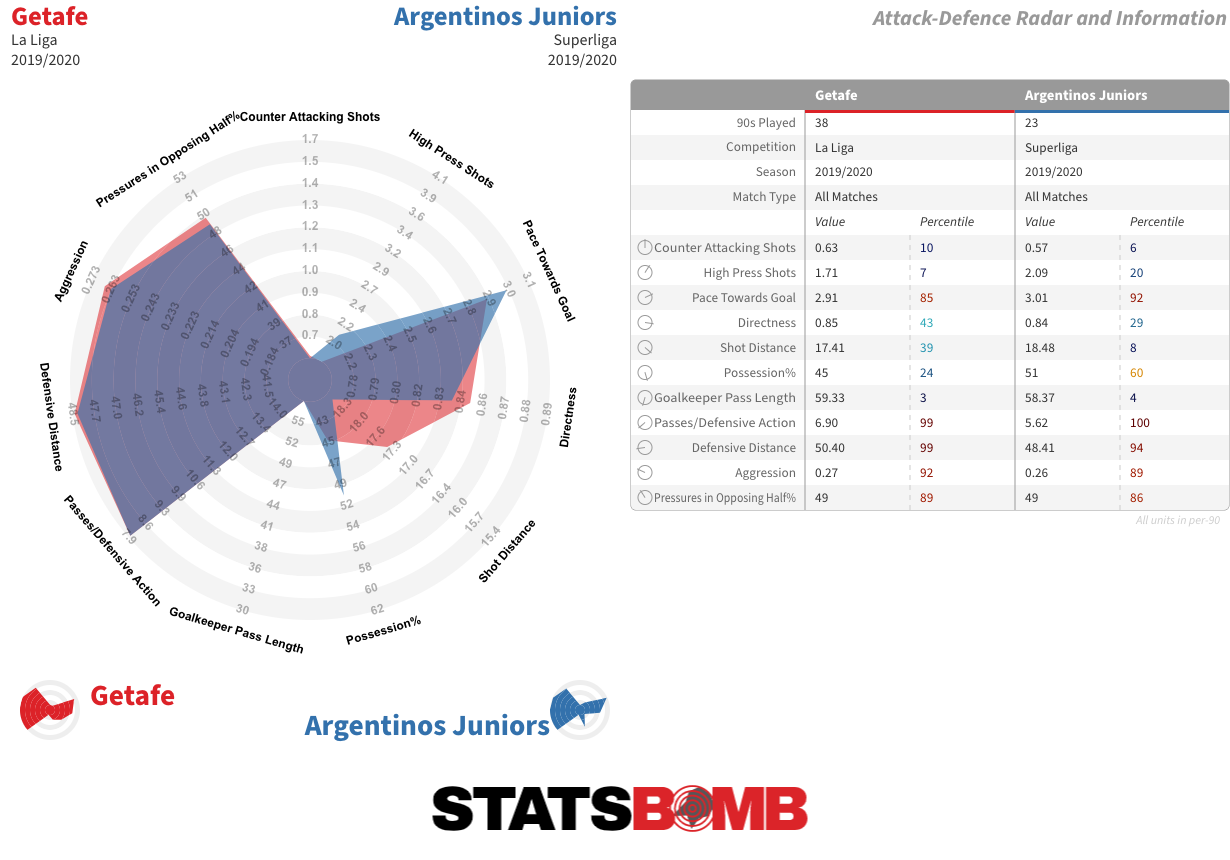2020, annus horribilis. In the context of the world, this past year has been simply awful in nearly every conceivable way. In the context of StatsBomb, it’s mostly just been weird. What could have been a lost year ended up making our little data company stronger, but not in ways you’d notice unless we told you. Today I’m going to walk through this very strange year from a StatsBomb perspective and also clue you in on what is coming in 2021.
Wooo, 2020 is great!
On February 25th, we passed our sales goal for the first quarter… And then we didn’t sign another contract for 2.5 months. For a SAAS company with revenue growth baked into the cash flow, that's a horrifying outcome. Two months of firing on all cylinders and adding new customers everywhere, and then nearly a full quarter of existential dread at a company level (and god knows what at a personal level) due to the COVID-19 pandemic. Internally, we shifted to work from home as soon as we got back from Sloan in the second week of March. We also furloughed some of our staff later in the spring, while nearly all of StatsBomb North took salary deferrals until we could find our feet financially. We cut most of the marketing expenditure (largely content publication), tried to figure out what to collect when there were no football matches being played, and began discussing with investors how we could raise enough money to survive however long *waves hands vaguely* this was going to last.
Courses
2020 was supposed to be a big year for us at conferences and teaching courses in English and Spanish. It still ended up that way, but only with regard to courses, and only because we rapidly converted both existing courses (Intro to Analytics + Coaching and Analysing Set Pieces) and new stuff (Modern Scouting and Data Recruitment) into online versions.
The Introductory course gets rave reviews and has been taken by people all over the world at this point. It is not mathy or technical, and appropriate to anyone who wants to learn a bit more about how the sport actually works. This includes coaches and professional footballers. Thanks to Pablo Rodriguez translating the entire thing, it is also now available en espanol. Set Pieces (built by Euan Dewar and myself) had 100 people sign up for a live course taught by me in April, 70 of whom already worked in professional football including half of the Premier League. I re-opened it for a month late in the summer due to high demand, but it won’t go live again until after Euros 2021 at the earliest, and maybe not at all. I believe that people who paid to learn set pieces from us deserve time to build their edges. Though teams haven’t made football weird yet, it’s finally trending that way.
The Set Pieces course is great, but the Recruitment course James Yorke put together might be our best work. It touches on nearly everything we have learned from six years of doing this professionally, and delivers new ideas and frameworks appropriate to both seasoned professionals and absolute beginners in the football recruitment space. Ever since I founded it as a blog, StatsBomb has always had a mission to teach the world more about football. The courses are the best vehicle we currently have to do this, and we remain dedicated to this mission. We’ll look to translate Recruitment to Spanish and potentially all the courses into new languages in 2021.
May-June 2020
Back to the global pandemic... unlike so many other businesses in this year, we were lucky. The return of the German Bundesliga in mid-May followed by nearly all the other leagues in June signalled a return to (somewhat) normal from a sales perspective. Cash flow stabilised and then customer acquisition accelerated? So much so that in late summer, it was all we could do to keep up with signing contracts and onboarding new customers. This was a very good problem to have, especially relative to what looked possible in the March-April timeframe. Football data use was already accelerating across the industry, but not having scouts able to travel and be physically present in stadia added fuel to the fire. It's a trend we only expect to continue in the coming years.
Development
From a tech perspective, this year was always going to be challenging. A lot of the work required to move the business from one that started collecting 9 competitions a year in 2018 to one that will collect 80+ in 21-22 was boring, technical work that had no direct visibility for customers. Cleaning up early tech debt consumed a ton of developer hours, as did adding a framework for basic match metadata that was completely owned and controlled by StatsBomb. New project work took up the rest of the time, and when you combine all of this with the difficulty of transitioning the team entirely to remote work at the developer AND DATA COLLECTOR levels, you end up with some tradeoffs. One of the obvious ones was fewer StatsBomb IQ updates than in recent years, which was mostly noticeable both to customers and consumers as less cool stuff appearing in their social media feeds and on the platform. The good news is that we’re through the other side of a lot of that work and IQ now has more dedicated developers than ever before. CTO Thom Lawrence and most of the senior dev team have spent Q4 interviewing rafts of job applicants, and we’ve been hiring like mad men and women. It has been hugely encouraging to see the volume of talented people interested in working at StatsBomb. Scaling from a small team of startup founders and early employees into a mid-sized dev team is often fraught with difficulty, but we’ve had two massive hiring rounds the last two years, and I continue to be surprised and impressed with the quality of people that join our company. I’ve said publicly before that hiring was always one of the things I worried about, but I worry a lot less than I used to, and credit for that is distributed across our entire company. We are a great place to work, and that is only true because of the people that work for us.
Growth
What does growth look like for StatsBomb during the pandemic year?
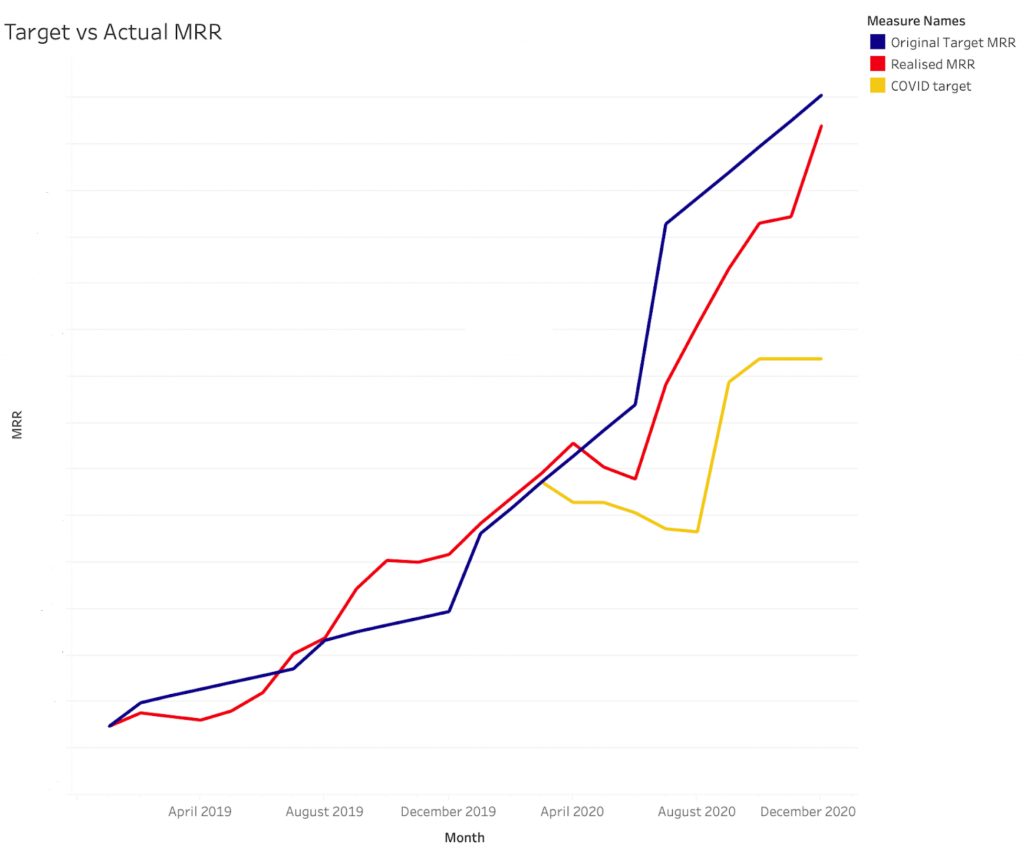
MRR stands for "monthly recurring revenue," and it’s a better measure of growth for a company like StatsBomb, whose business model revolves around selling software and data as a service. The red line represents actual customer contracts, while the two other lines were projections done in January and then post-COVID in May. As you can see, we took a hit in the spring/summer like everyone else, but the recovery since that time has been dramatic. Despite a global pandemic hitting revenue for our entire customer base, we’ve managed to triple recurring revenue for a third year in a row. As mentioned above, for various reasons we didn’t release almost anything new in 2020, which means our sales strength last year lies mostly in the data launched in 2018 (we have done some minor upgrades) and StatsBomb IQ, which has been iterated since our inception as a company in 2017. It’s worth digging into this a bit further, if only to cut through the noise from other companies and people on social media.
We created our own data because we felt there was both a need and a desire for better quality data in football. It was necessary to produce better information and predictions around recruitment, opposition analysis, and to more closely match with coach expectations for how they look at the game.
With zero fuzzy nonsense about how artificial intelligence allegedly delivers better insights about the game, StatsBomb Data delivers better information across the full data set and at the individual chance level than every other competitor in the space. Obviously I run the company, so you can expect me to say things like this, but detailed outside analysis agrees. Almost regardless of your modelling approach, better data yields better results. If anyone tries to tell you otherwise, they are wrong. Better information is important in recruitment. It’s important in fantasy sports. It’s important in team analysis. And it’s important in gambling. It's now clear in the football world that if you care at all about the quality of information you produce in these areas, you need to be on our data. And as you can see from our growth numbers, the market has responded to this.
However… football is a huge sport - we’re just scratching the surface for how big we can grow. From a customer perspective, we’re growing quickly almost everywhere now. We have paying customers at the top of the Champions League right down to English League Two. We have customers in every country in the big 5 and dotted around smaller leagues as well. We also work with the world’s number 1 ranked men’s national team in Belgium, and federation interest is increasing rapidly. But again, given all the countries in the world that play football, we are just getting started.
Note: I want to say a brief thank you to our investors as a whole, and especially Matthew Lubman and Cristian Cibrario. Luckily, they did not need to jump in and save us back in the spring when the entire world stopped playing football, but they were willing to do so, and that by itself deserves a lot of credit.
New Stuff in 2020
So I mentioned a lot of effort in 2020 went toward new projects, but projects that no one has seen thus far - it’s probably useful to fill in some holes on what they are.
- Significant 2020 effort went into building the infrastructure and collection software around Live data collection. This spring we will begin to deliver live data streams for a small set of leagues that will gradually expand over time. We had hoped to do that this past autumn, but the impact the pandemic had on hiring and training new collectors made it impossible to staff in a timely manner. Later in the year, we will deliver a Live IQ toolset designed to work with this new data and unlock insights and visualisation for media and gambling customers. We have already incorporated our best-in-class offline expected goals model into Live, and have one more significant upgrade we will deliver in the Spring that will make this product truly compelling alongside vis work designed for the media landscape.
- So much Data Science. We started partly as a data science company, and then turned into a data company, which due to resource conflicts, meant that delivery of new insights based on data science suffered for a while. In December, we hired our fourth data scientist, and they all have so much lost time to make up for. Part of their focus will be taking a lot of the models developed behind the scenes and getting them into the IQ product and API, but most of the focus of this team will be breaking ground on new research. Expect to hear more about some of the recent projects in March.
- American Football. We’ve quietly been working on a second sport in 2020 and expect to deliver that product to the other football world in summer 2021. I don’t want to give away much detail until we are ready to put this new data in the hands of customers, but I will say that I’m really happy with what we’ve ended up with from a data perspective. And I should be, since I’ve spent about 3-4 man months of my own work time from 2020 focused on this product.
- Finally, you get the big one. Which is mostly REDACTED until the worldwide product launch in March 2021. Here is what I can tell you:
- It is an entirely new data product for football/soccer.
- It's called StatsBomb 360.
- To my knowledge, no other company currently delivers a product like this.
- In fact, I'm not sure the industry even realised this was a product. But it is now.
- Current StatsBomb customers will hear a lot more about 360 Data starting in mid-January.
- We will deliver around 3000 matches of data for this new product in the 20-21 season. That will then scale to 38 competitions worth for 21-22. (For comparison, base SB Data will have 80+ for that season. Given we didn’t cover that many leagues until our third full season of data collection, it is a huge scale up to get this product running at that capacity.)
- With zero hype, I believe this will fundamentally change how people analyse the game. I said the same at our initial data launch in 2018, and this new data is at least as significant as that, if not more so.
So that’s three new products in market in 2021, on the back of our third year in a row of massive MRR growth. We want to become the best sports data company. 2021 will go a long way toward realising that goal.
Conclusion
2020 has been hard. Despite what sometimes felt like the unbearable weight of the world around us, I am incredibly proud of what our team managed to accomplish this year. Even if the progress wasn’t obvious to the outside world, what we’ve done in 2020 has us delivering over 600 matches a week to current customers, and has set us up for a big year in 2021. Hopefully we will celebrate everyone’s success and a return to normalcy at the StatsBomb Conference in October 2021. Or online at the new product launch in March 2020? Actually yeah, let's do that... check our social media for the launch day and time for StatsBomb 360. You are all officially invited.
Until then, all the best,
--Ted Knutson
CEO, StatsBomb
PostScript: StatsBomb Internal Hackathon vis or illegal soccer rave?

Hackathon prototype or new concept around air hockey?
